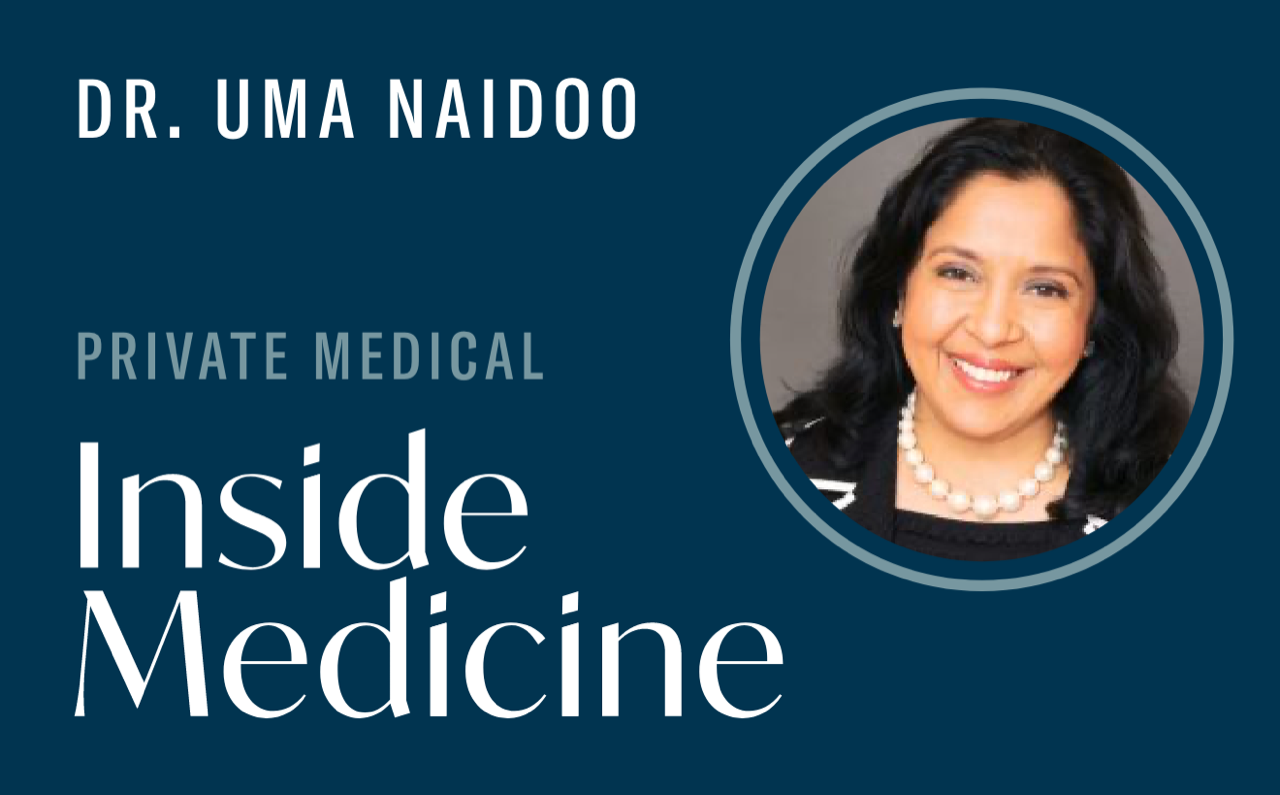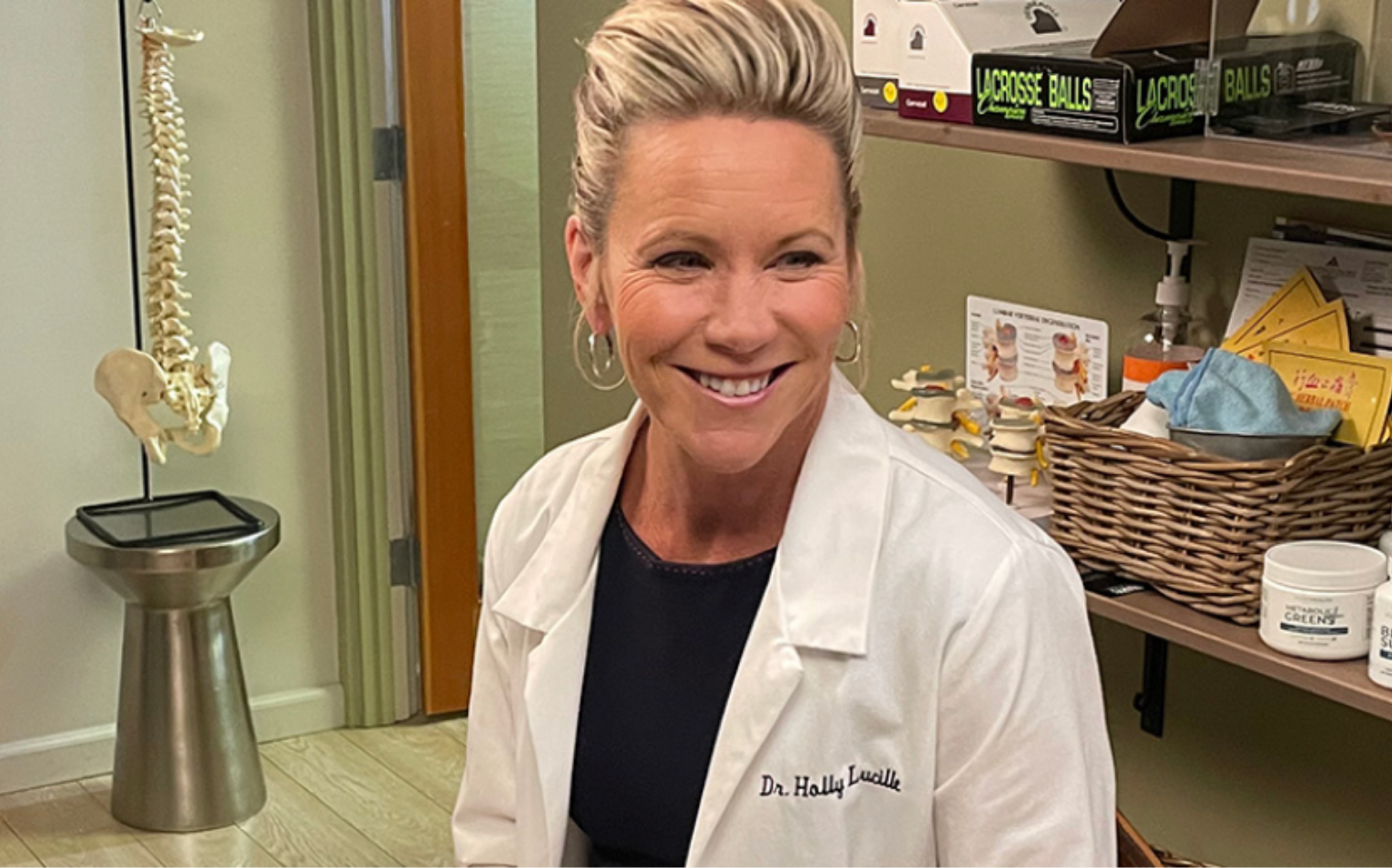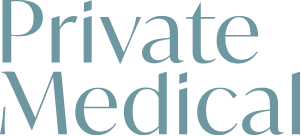Everyday impacts of healthcare at home
We are starting to see miniaturization and connectivity of diagnostics, the same way mainframe computers eventually morphed into powerful smartphones. There are many companies, for example, that have developed the technology to shrink a hospital or lab-based large PCR machine that required expert technicians and significant regulatory oversight into a handheld machine for anyone to use. If we imagine a day when we have a home test sitting on our kitchen counter, we could test any of our kids or family with the sniffles for influenza and get an answer with high accuracy in 30 minutes. This would give us a huge leg up on preventing viral spread at school and at work.
Combine this with telemedicine and all the connected apps that are monitoring your sleep, blood sugar, and exercise, and you can see the building blocks of a home-health setup that is based on data and gives us more agency to make smarter health decisions in real time — and maybe these simple tools could help mitigate and prevent the next epidemic or pandemic.
A data-driven approach to long-term health
Hope is not a great strategy when it comes to healthcare. That is, in an environment where we are continuing to get smarter in our interpretation of how to grade our metabolic health and assess our risk for heart attacks and cancer, closing our eyes and ‘hoping’ they don’t happen to us is irresponsible. After all, health should be categorized as an asset class on your balance sheet of life. A March 2021 study published in Nature of more than 1,000 people showed that biological age and chronological age can vary widely. The slowest-aging participant aged only 0.40 biological years for every chronological year, and the fastest aged 2.44 biological years for every calendar year. Much of this discrepancy is influenced by genetics, environment, and lifestyle — what I would call healthstyle.
Healthstyle reflects how one values their health asset and the decisions they make to optimize it. At Private Medical, we are continually engaged in a dialectic about scientific studies, the data they produce and the relevance to health optimization. The days of taking our amazing biological chassis for granted are over. We have to collect data, make changes, and evaluate the impact on our metabolic health and cardiovascular risk, as well as hone in on surveillance that can catch cancer early.
There is a saying: If you have good health, you have many problems, but if you have bad health, you have only one problem.
The problem with “longevity”
The word longevity has been bastardized with many meanings to different people. Does it mean to live longer or does it mean living better? Reflecting on longevity gurus and marketers pedalling pseudoscience-based IV drips, hormones, and supplements, I’ve concluded that we need a new approach to long-term thinking and health. Any scientist worth their salt would tell you that designing a study that determines the success of a safe, life-lengthening intervention would take at least 20-50 years minimum.
I prefer to think about longevity in the context of durability and resilience. That is, the ability of the body to withstand wear and quickly bounce back from physiological insults. Rather than orienting towards extending the endpoint of life, we should focus on temporal increments that are manageable, accessible, and measurable. By focusing on the optimization of your next decade, you’re in the best position for the decade after that. The portfolio of medical risks in our lives extends beyond the obvious existential cancer and cardiovascular risks but involve genetic risks, metabolic risks, environmental risks, family dynamic, and mental health risks.
If we spend time understanding these, we put ourselves in the best position for a long, durable, and resilient life.
Artificial intelligence will go beyond the human eye
Artificial Intelligence, combined with machine learning and graph science is here and it’s real. True technological innovation is pervasively infusing the healthcare system with better analytics and tools to help clinicians sift through the vast troves of data to find patterns, which can ultimately lead to earlier and better diagnostic and therapeutic interventions. Many of the specialities that use imaging; radiology, and endoscopy, for example, will be enhanced by the power of artificial intelligence to ascertain patterns that are challenging to the human eye.
In the field of mental health, there are applications that can assess the dynamics of the 27 sensors in your iPhone and predict with a high degree of accuracy if one is trending towards a depressive or anxiety episode. By imputing your location, where you normally go and how often, the frequency of communication, how often you pick up your phone, and the changes in routine, artificial intelligence is able to concatenate a highly probabilistic early warning signal diagnosis. Essentially, a technology smoke detector for pending mental health crises.
We are always keeping our antennae up for validated technology to help our physicians and members better understand risk and smart interventions.






